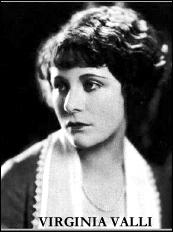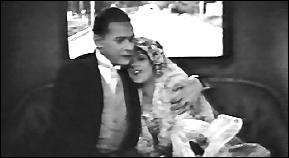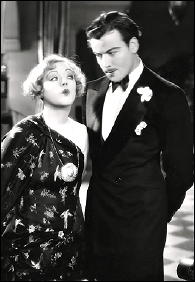Tue 9 Mar 2010
A Movie Review by Walter Albert: UNDERWORLD (1927)
Posted by Steve under Crime Films , Reviews , Silent films[4] Comments
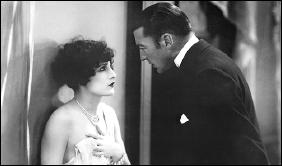
UNDERWORLD. Paramount Pictures, 1927. George Bancroft, Evelyn Brent, Clive Brook, Fred Kohler, Helen Lynch, Larry Semon, Jerry Mandy. Based on a story by Ben Hecht, adapted by Charles Furthmann. Director: Josef von Sternberg, who replaced the fired and uncredited Arthur Rosson.
The relevation of Cinevent 1979 for me was the silent film classic, Underworld. George Bancroft plays a self-confident gangster lord with a beautiful mistress (Evelyn Brent) and an educated, alcoholic friend (Clive Brook) who try to smooth his rough edges and find themselves drawn to one another in the process.
The action is blunt and swift, but the genius of this film is in the direction of the actors (“My God, but they had faces then!”) and the superb playing of this unlikely trio, the kind of ensemble performance that also contributed greatly to the success of The Glass Key and all those other melodramas we doted on before television pulped the genre.
There’s a final shoot-out that makes similar scenes in 1930’s gangster films look like well-laundered exercises in politesse, and the old melodramatic device of the secret passage is revitalized and made a necessary and believable part of the action.
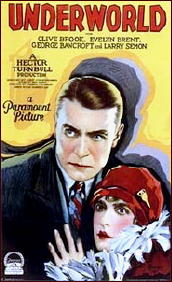
The camera work is remarkable (Sternberg was making great films long before he began to exploit Dietrich), with details that come from an older theatrical tradition that makes most recent melodramas look like uneducated exercises in bumbling.
The film was meant to be shown with blue and yellow filters (for night and interior scenes), but this obscured the. photographic detail to such an extent that the projectionist abandoned the attempt after about twenty minutes.
And anyone who thinks that silent films were primitive should be tied to a chair and forced to watch this and any number of other equally accomplished productions until he admits defeat.
Vol. 6, No. 2, March/April 1982.
